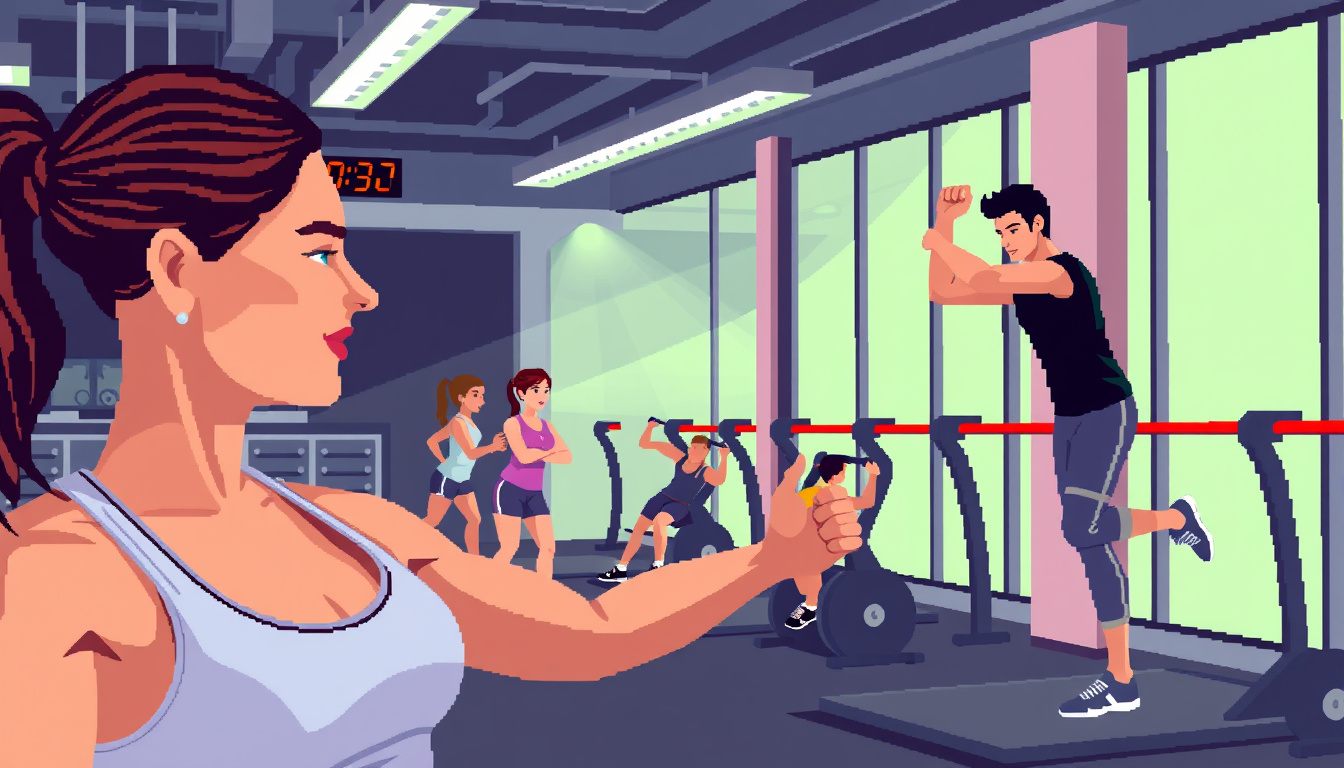Maximize Your Broadcasting Efficiency: How to Use Built-in Timers for Scheduling Shows
In broadcasting, time matters. Organizers arrange live broadcasts, conferences, or public talks. They track time to keep events on course. Use built-in timers to mark each show. This article shows how timers boost efficiency, smooth your schedule, and keep your crowd engaged.
Understanding Built-In Timers
Built-in timers reside in many event apps and software. They help organizers track segments. Timers show countdowns, clock times, or set reminders. They keep every part of an event on track.

Why Use Built-In Timers?
Built-in timers turn chaos into order. They help in several ways:
-
Precision Timing
Timers give exact countdowns. They help each speaker use time well. Each segment then begins and ends on cue. Transitions between speakers run smooth. -
Increased Audience Engagement
Timers give a live countdown view. They remind the audience how much time remains. This view keeps the crowd alert and involved. -
Automated Scheduling
Some timer apps let you set many timers. They trigger automatically at the right moment. This function fits complex events with many parts.
Key Features of Timer Applications
Timer apps include features that refine show timing:
1. Multiple Timers and Linking
Apps like Stagetimer let you link several timers. One timer for one speaker merges with the next timer easily. This link makes transitions smooth. It is vital for conferences that need strict timings.
2. Customizable Outputs
Events show different styles. A timer that you can adjust helps present the event theme. You may change colors, fonts, or alerts. Such tweaks match the timer to your brand’s look.
3. Remote Operation and Control
Modern timers work via any web browser. A stage manager can control a timer from afar. This remote control cuts technical hitches. It helps an event run without distraction.
4. Integrations with Other Tools
Many timer apps work with live software like OBS Studio or Zoom. Such links help manage live streams. They let operators focus on content, not technical delays.
Practical Applications
How can built-in timers power your shows? Here are some ways:
Event Management
In events, clear timers help track speeches. Speakers must stick to their time slots. Timers also let each speaker control their pace.
Educational Settings
In classrooms, timers limit lecture parts. Teachers cover each topic within its slot. This plan leaves time for questions or discussions.
Live Streaming and Broadcasting
For live streams—news, sports, or shows—timers help hosts stay on track. Timers signal when to start or end a segment. This signal keeps the show looking professional.
Fitness and Training Programs
Timers work well in fitness sessions. They mark interval changes for trainers. This feedback keeps classes active and on schedule.
Conclusion
Built-in timers sharpen event timing and control. They bring precision, engage the audience, and ease complex workflows. As you plan your next show, try a built-in timer. It helps maintain your schedule and builds a richer experience for your audience.
